Dietmar Herrmann - Ancient Mathematics: History of Mathematics in Ancient Greece and Hellenism
Here you can read online Dietmar Herrmann - Ancient Mathematics: History of Mathematics in Ancient Greece and Hellenism full text of the book (entire story) in english for free. Download pdf and epub, get meaning, cover and reviews about this ebook. City: Cham, year: 2023, publisher: Springer, genre: History. Description of the work, (preface) as well as reviews are available. Best literature library LitArk.com created for fans of good reading and offers a wide selection of genres:
Romance novel
Science fiction
Adventure
Detective
Science
History
Home and family
Prose
Art
Politics
Computer
Non-fiction
Religion
Business
Children
Humor
Choose a favorite category and find really read worthwhile books. Enjoy immersion in the world of imagination, feel the emotions of the characters or learn something new for yourself, make an fascinating discovery.
- Book:Ancient Mathematics: History of Mathematics in Ancient Greece and Hellenism
- Author:
- Publisher:Springer
- Genre:
- Year:2023
- City:Cham
- Rating:3 / 5
- Favourites:Add to favourites
- Your mark:
Ancient Mathematics: History of Mathematics in Ancient Greece and Hellenism: summary, description and annotation
We offer to read an annotation, description, summary or preface (depends on what the author of the book "Ancient Mathematics: History of Mathematics in Ancient Greece and Hellenism" wrote himself). If you haven't found the necessary information about the book — write in the comments, we will try to find it.
The volume contains a comprehensive and problem-oriented presentation of ancient Greek mathematics from Thales to Proklos Diadochos. Exemplarily, a cross-section of Greek mathematics is offered, whereby also such works of scientists are appreciated in detail, of which no German translation is available. Numerous illustrations and the inclusion of the cultural, political and literary environment provide a great spectrum of the history of mathematical science and a real treasure trove for those seeking biographical and contemporary background knowledge or suggestions for lessons or lectures. The presentation is up-to-date and realizes tendencies of recent historiography.
In the new edition, the central chapters on Plato, Aristotle and Alexandria have been updated. The explanations of Greek calculus, mathematical geography and mathematics of the early Middle Ages have been expanded and show new points of view. A completely new addition is a unique illustrated account of Roman mathematics. Also newly included are several color illustrations that successfully illustrate the books subject matter. With more than 280 images, this volume represents a richly illustrated history book on ancient mathematics.
Dietmar Herrmann: author's other books
Who wrote Ancient Mathematics: History of Mathematics in Ancient Greece and Hellenism? Find out the surname, the name of the author of the book and a list of all author's works by series.

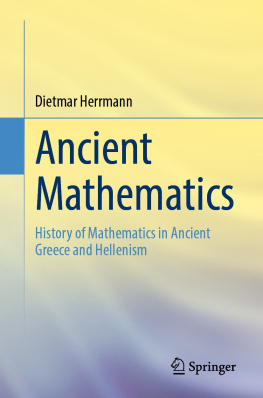
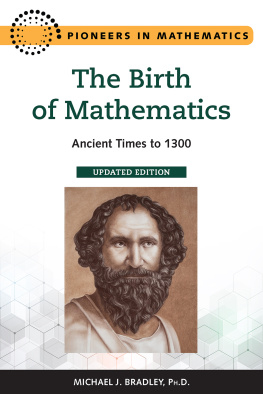


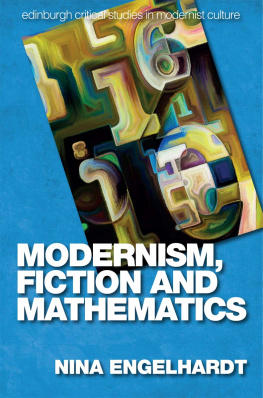

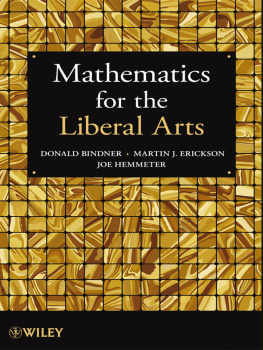
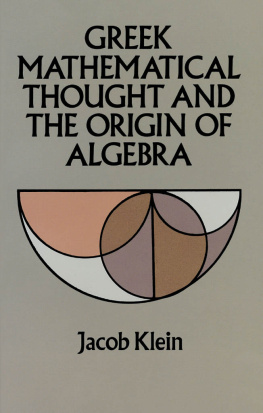
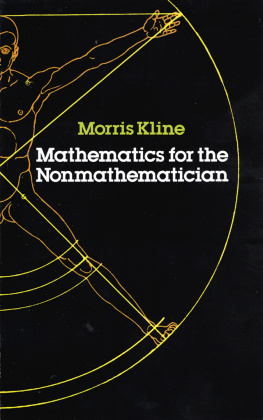
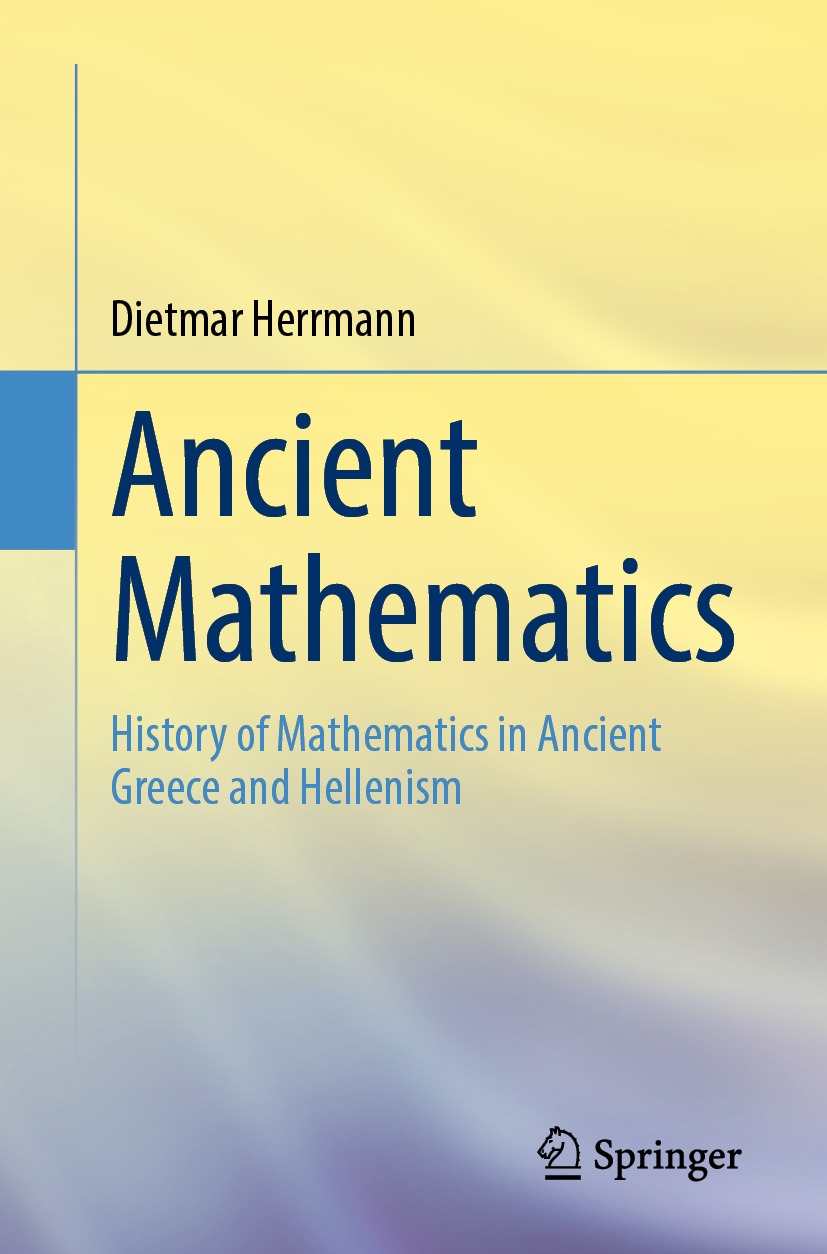

 is chosen. In modern mathematics, it applies to all abstract elements of a commutative ring; such a concept is completely foreign to Euclid. A product of two numbers or a square is always associated with an area in Euclid and can only be linked with quantities of the same dimension. The Greek word (arithmos) must be seen in the Pythagorean-Platonic environment and cannot be adequately translated with the word number. In order to make the representations readable and compact, the usual formula language is used.
is chosen. In modern mathematics, it applies to all abstract elements of a commutative ring; such a concept is completely foreign to Euclid. A product of two numbers or a square is always associated with an area in Euclid and can only be linked with quantities of the same dimension. The Greek word (arithmos) must be seen in the Pythagorean-Platonic environment and cannot be adequately translated with the word number. In order to make the representations readable and compact, the usual formula language is used.